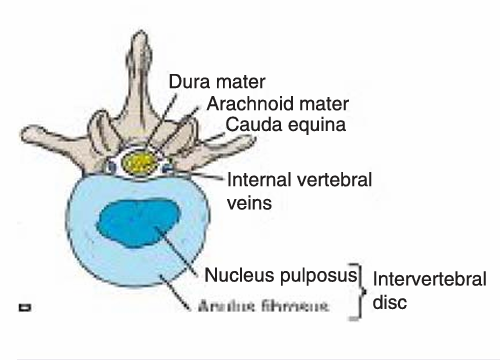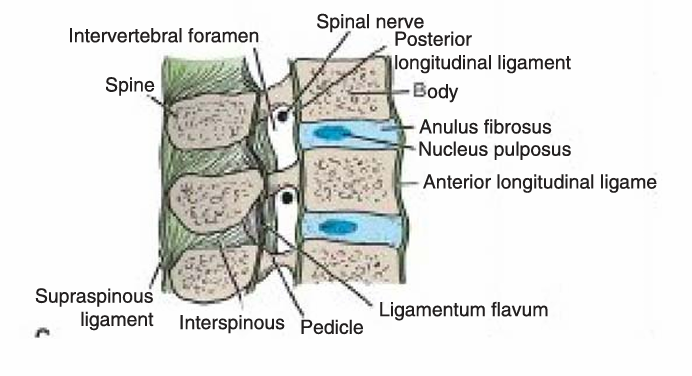

النبات

مواضيع عامة في علم النبات

الجذور - السيقان - الأوراق

النباتات الوعائية واللاوعائية

البذور (مغطاة البذور - عاريات البذور)

الطحالب

النباتات الطبية


الحيوان

مواضيع عامة في علم الحيوان

علم التشريح

التنوع الإحيائي

البايلوجيا الخلوية


الأحياء المجهرية

البكتيريا

الفطريات

الطفيليات

الفايروسات


علم الأمراض

الاورام

الامراض الوراثية

الامراض المناعية

الامراض المدارية

اضطرابات الدورة الدموية

مواضيع عامة في علم الامراض

الحشرات


التقانة الإحيائية

مواضيع عامة في التقانة الإحيائية


التقنية الحيوية المكروبية

التقنية الحيوية والميكروبات

الفعاليات الحيوية

وراثة الاحياء المجهرية

تصنيف الاحياء المجهرية

الاحياء المجهرية في الطبيعة

أيض الاجهاد

التقنية الحيوية والبيئة

التقنية الحيوية والطب

التقنية الحيوية والزراعة

التقنية الحيوية والصناعة

التقنية الحيوية والطاقة

البحار والطحالب الصغيرة

عزل البروتين

هندسة الجينات


التقنية الحياتية النانوية

مفاهيم التقنية الحيوية النانوية

التراكيب النانوية والمجاهر المستخدمة في رؤيتها

تصنيع وتخليق المواد النانوية

تطبيقات التقنية النانوية والحيوية النانوية

الرقائق والمتحسسات الحيوية

المصفوفات المجهرية وحاسوب الدنا

اللقاحات

البيئة والتلوث


علم الأجنة

اعضاء التكاثر وتشكل الاعراس

الاخصاب

التشطر

العصيبة وتشكل الجسيدات

تشكل اللواحق الجنينية

تكون المعيدة وظهور الطبقات الجنينية

مقدمة لعلم الاجنة


الأحياء الجزيئي

مواضيع عامة في الاحياء الجزيئي


علم وظائف الأعضاء


الغدد

مواضيع عامة في الغدد

الغدد الصم و هرموناتها

الجسم تحت السريري

الغدة النخامية

الغدة الكظرية

الغدة التناسلية

الغدة الدرقية والجار الدرقية

الغدة البنكرياسية

الغدة الصنوبرية

مواضيع عامة في علم وظائف الاعضاء

الخلية الحيوانية

الجهاز العصبي

أعضاء الحس

الجهاز العضلي

السوائل الجسمية

الجهاز الدوري والليمف

الجهاز التنفسي

الجهاز الهضمي

الجهاز البولي


المضادات الميكروبية

مواضيع عامة في المضادات الميكروبية

مضادات البكتيريا

مضادات الفطريات

مضادات الطفيليات

مضادات الفايروسات

علم الخلية

الوراثة

الأحياء العامة

المناعة

التحليلات المرضية

الكيمياء الحيوية

مواضيع متنوعة أخرى

الانزيمات
Intervertebral Discs
المؤلف:
PHD. LAWRENCE E. WINESKI
المصدر:
Snells Clinical Anatomy by Regions
الجزء والصفحة:
10th E ,P 55-57
2025-01-23
1135
Intervertebral discs are present from vertebra C2 to the sacrum and are the main structures that bind together the vertebral bodies. Because vertebra C1 has no body, intervertebral discs do not occur between C1 and the base of the skull and between vertebrae C1 and 2. The adult sacrum and coccyx also lack intervertebral discs. The vertebra located immediately above the disc identifies each disc (e.g., the L2 disc is located between the L2 and 3 vertebrae, immediately below the L2 vertebral body). The discs are responsible for about one quarter of the length of the vertebral column below the level of C2. They are thickest in the cervical and lumbar regions, where the movements of the vertebral column are greatest. They may be regarded as semielastic pads, which lie between the rigid bodies of adjacent vertebrae. Their physical characteristics permit them to serve as shock absorbers when the load on the vertebral column is suddenly increased, as when a person is jumping from a height. Their elasticity allows the rigid vertebrae to move one on the other. Unfortunately, their resilience is gradually lost with advancing age. Each disc consists of a peripheral part, the anulus fibrosus, and a central part, the nucleus pulposus (Table 1; also see Fig. 1 and 2)

Table1. Intervertebral Disc Components

fig1. Third lumbar vertebra seen from above showing the relationship between intervertebral disc and cauda equina.

fig2. Sagittal section through three lumbar vertebrae showing ligaments and intervertebral discs. Note the relationship between the emerging spinal nerve in an intervertebral foramen and the intervertebral disc.
Intervertebral Disc Function
The semifluid nature of the nucleus pulposus allows it to change shape and permits one vertebra to rock on another, such as in flexion and extension of the vertebral column. A sudden increase in the compression load on the vertebral column causes the nucleus pulposus to flatten; however, the resilience of the surrounding anulus fibrosus accommodates the resulting outward bulging of the nucleus. Sometimes, the outward thrust of the nucleus is too great for the anulus fibrosus and it ruptures, allowing the nucleus pulposus to herniate and protrude into the vertebral canal, where it may press on spinal nerve roots, a spinal nerve, or even the spinal cord (see Clinical Notes on herniated discs).
With advancing age, the water content of the nucleus pulposus diminishes and is replaced by fibrocartilage. The collagen fibers of the anulus degenerate, and, as a result, the anulus cannot always contain the nucleus pulposus under stress. In old age, the result of such normal disc degeneration is that the discs become thinner, less elastic, and stiffer, and distinguishing the nucleus from the anulus is no longer possible. The shorter height of the discs leads to shortening of the vertebral column and decreased body height. Thus, we do shrink with age
 الاكثر قراءة في علم التشريح
الاكثر قراءة في علم التشريح
 اخر الاخبار
اخر الاخبار
اخبار العتبة العباسية المقدسة

الآخبار الصحية















 قسم الشؤون الفكرية يصدر كتاباً يوثق تاريخ السدانة في العتبة العباسية المقدسة
قسم الشؤون الفكرية يصدر كتاباً يوثق تاريخ السدانة في العتبة العباسية المقدسة "المهمة".. إصدار قصصي يوثّق القصص الفائزة في مسابقة فتوى الدفاع المقدسة للقصة القصيرة
"المهمة".. إصدار قصصي يوثّق القصص الفائزة في مسابقة فتوى الدفاع المقدسة للقصة القصيرة (نوافذ).. إصدار أدبي يوثق القصص الفائزة في مسابقة الإمام العسكري (عليه السلام)
(نوافذ).. إصدار أدبي يوثق القصص الفائزة في مسابقة الإمام العسكري (عليه السلام)


















